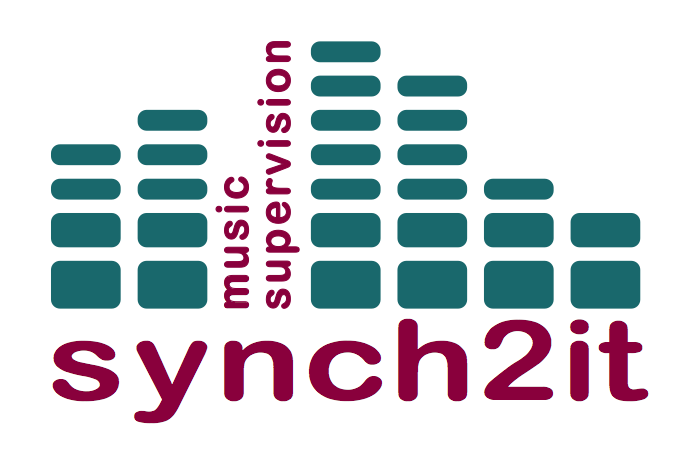Eternal Sunshine of the Classical Mind
I recently read that in 2016 more people in Germany attended classical music concerts than football matches. And if that wasn’t surprising enough, of these concert goers, there were more aged 20-29 than aged 50-59 (1)
Having worked in the music industry for a number of years, I’ve heard enough stories about the end of classical music. Classical barely registers in revenue terms compared to mainstream pop. Add to that, streaming services have yet to figure out how to serve classical music to its fast growing audiences and one wonders where and how classical music can meaningfully grow. And yet the story from the world’s 4th biggest economy suggests otherwise. The music is loved, it’s the industry that hasn’t yet figured out how to grasp its potential. So let’s touch upon that in the world of synchronisation.
Last year, I watched Sorrentino’s “Youth”. Here is a scene featuring father and daughter played by Michael Caine and Rachel Weiz, their exchange is accompanied by Stravinsky’s “Round of The Princesses” from “Firebird”. The scene is memorable not just because of Weiz’s emotional delivery but also how the music (albeit too faintly in the background) adds to the bitter love narrative. Sorrentino’s musicality, choosing a composition rarely if ever used in the context of sync, is a big part of why that scene will remain etched in my memory for years to come.
Youth (Igor Stravinsky "Round of the Princesses" From Firebird"
From a present day classic to historical classics. Take the final scene of Visconti’s “Death In Venice” or Elias’s death scene in Oliver Stone’s “Platoon”. Both use important works of classical music (Mahler’s Adagietto from the 5th Symphony, and Barber’s “Adagio for Strings”) and the results are unforgettable moments in cinema.
Death In Venice - Final Scene (Mahler 5th Symphony, 4th Movement "Adagietto")
Platoon - Elias Death Scene (Samuel Barber "Adagio For Strings"
And, from drama to documentary, a final example is the use of Wagner’s “Gotterdammerung” in Christopher Nupen’s “We Want The Light” which describes the complex relationship between music and the Jewish religion. Towards the end of the scene when we hear the brass theme along with distressing images of the holocaust followed by my grandmother, Alice Herz Sommer, describing her mother’s deportation is as emotional and impactful as one could hope to achieve in film making.
Excerpt from Christopher Nupen's Award winning documentary "We Want The Light - Jews and German Music" - Wagner "Siegfried Idyll Prelude and "Gotterdammerung Act III"
As a music supervisor, I’m inundated by requests from composers offering their services to compose. Many are talented and it is my job to find and supervise in order to deliver music which make client’s films engaging in one form or another. Yet, how often does that really happen? In my experience, when clients want an original piece of music, I deliver what their creative brief asked for and everyone is happy. But rarely is composed music today truly memorable. Meanwhile, whilst I receive music from major labels and publishers, none ever include classical.
What am I getting at you might be wondering….Well, instead of relying upon composers to write something special that often ends up being a “soundalike”, why don’t creatives look to music supervisors with deep classical music knowledge to pitch lesser known but unequivocally effective compositions that drive their narrative. Without wishing to devalue the highly talented composers of today, there are so many classical gems crying out to be married to film.
As an example. I recently played Sibelius’ 1st Symphony with the Wandsworth Symphony Orchestra. Even though I know a huge amount of classical music, I confess to not being very familiar with this symphony. After half a dozen rehearsals, I still struggled to appreciate it. And then, at our concert last weekend, it hit me. Hidden in between moments of frantic orchestration, challenging to the untrained ear, are moments of sheer simplicity and emotional beauty, perfect for film. It reminded me that with the volume of classical music composed through the ages, there are so many works that, don’t fit commercial classical radio formats, but have moments that would transform scenes into a memorable ones. It’s about truly knowing these compositions and having the creativity and know-how to make those pitches to clients. Spotify playlists and classic FM won’t help in the discovery of these compositions.
So, to illustrate my point, I have taken a scene (originally with no score) from “Eternal Sunshine of the Spotless Mind” and layered in an excerpt of the 2nd movement of Sibelius’ 1st Symphony. Pure romanticism and so easy on the ear. Jon Brion’s film score is excellent but this example is just an illustration of how there is so much unused classical music that can play a huge role not just in the world of sync, but in the discovery of non-traditional classical music to huge audiences.
Eternal Sunshine of the Spotless Mind (Re-imagined) Featuring ending of Sibelius' 1st Symphony, 2nd Movement
For all enquiries on sourcing, re-recording and licensing classical music in ads, TV, and Film, please don’t hesitate to get in touch at arielsommer@synch2it.com

